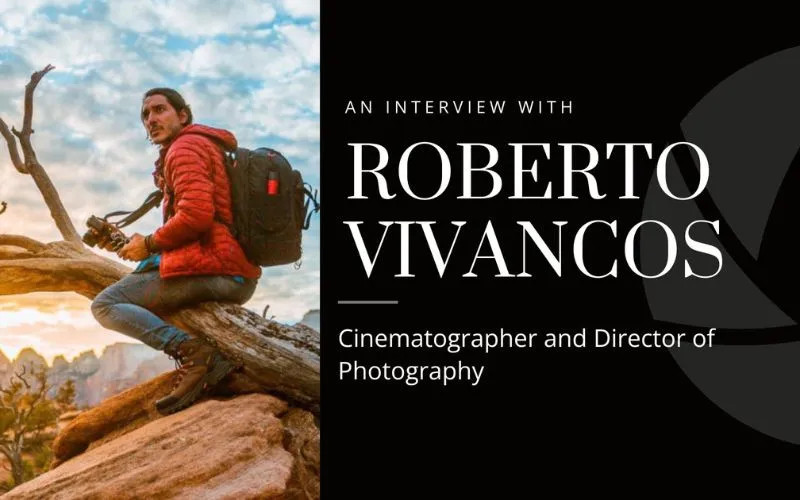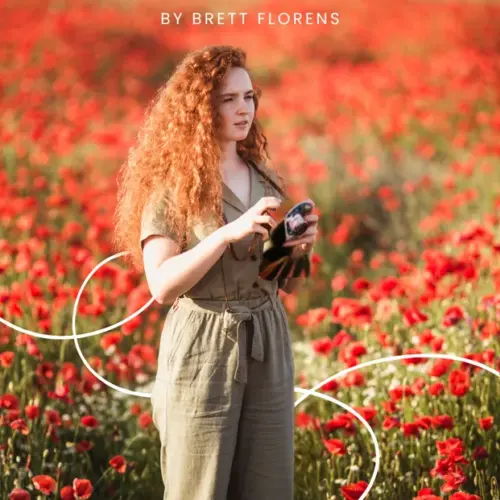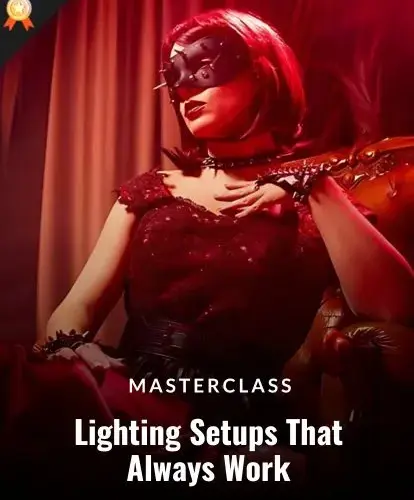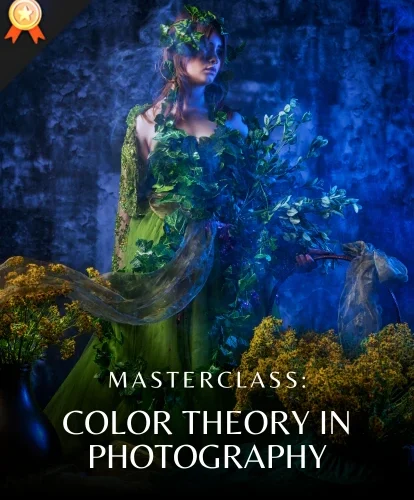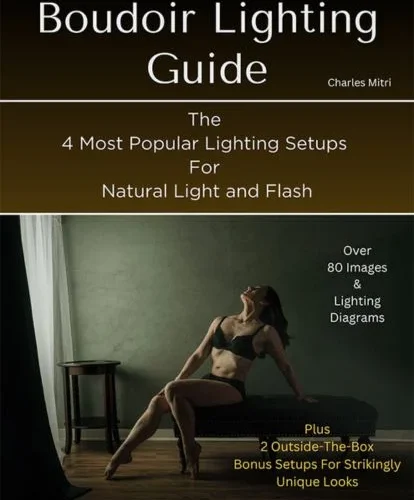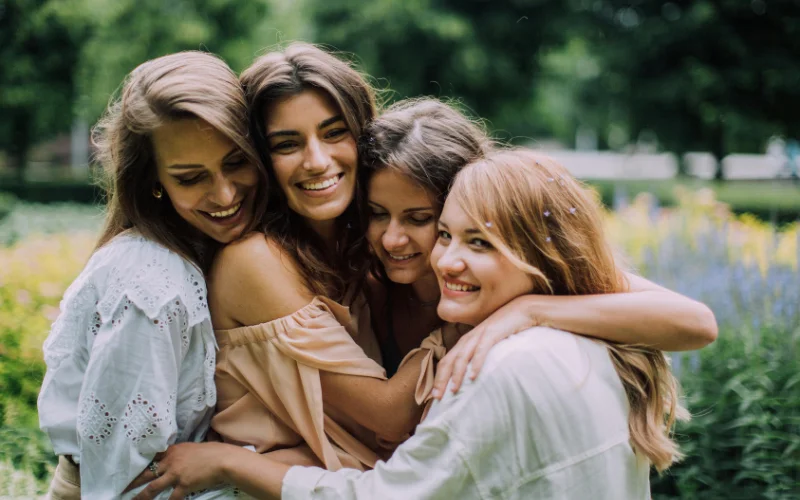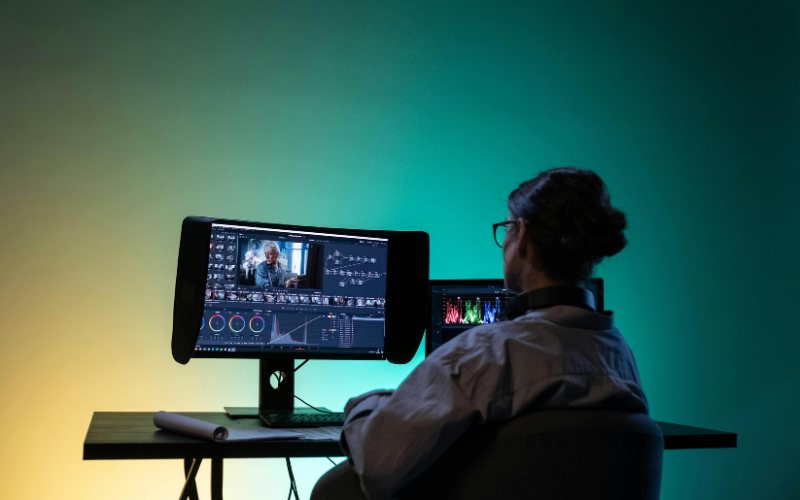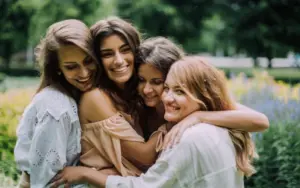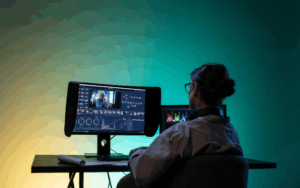Roberto Vivancos is a Spanish-British cinematic photographer. He turns everyday scenes into something straight out of a movie. His work is moody, dramatic, and filled with emotion. Each frame tells a story without a word.
With a unique eye for light, movement, and mood, Roberto captures moments that feel both real and surreal. In this interview, he shares the vision behind his style, what inspires him, and how he brings a cinematic touch to every shot he takes.
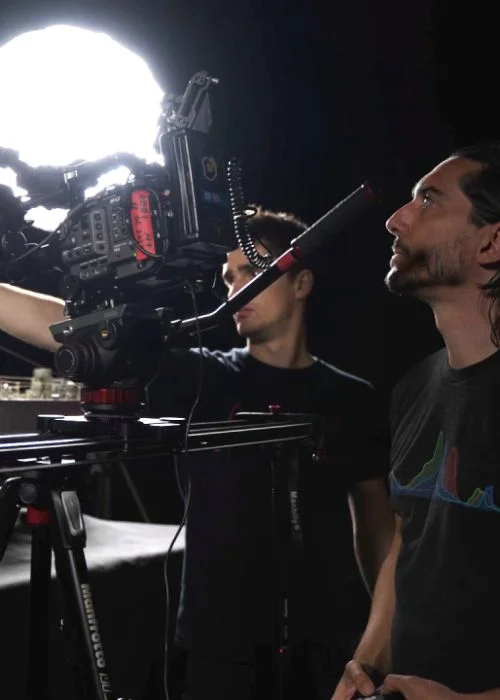
Q.1 Your cinematography has a powerful, dramatic, cinematic style. What draws you to this particular visual language?
Ans. I’m really drawn to bold, dramatic lighting that creates emotional depth and atmosphere. I’ve always been inspired by ’80s films, Japanese anime and superhero comics, that kind of high-contrast, cinematic feel helps me tell stories that feel larger than life. You can see a lot of this style reflected in my recent work at my website: robertovivancos.com or on Instagram @robertovivancos
Q.2 You’ve worked with legendary actors and public figures. How is it to work with big personalities on set?
Ans. Honestly, I think the key is just to treat them like any other human being. The moment you start fanboying is when things go sideways.
Most of these people just want to feel comfortable and respected, like anyone else. If you create a calm, focused environment and treat them with the same professionalism and warmth you’d give anyone, the work tends to go really smoothly.
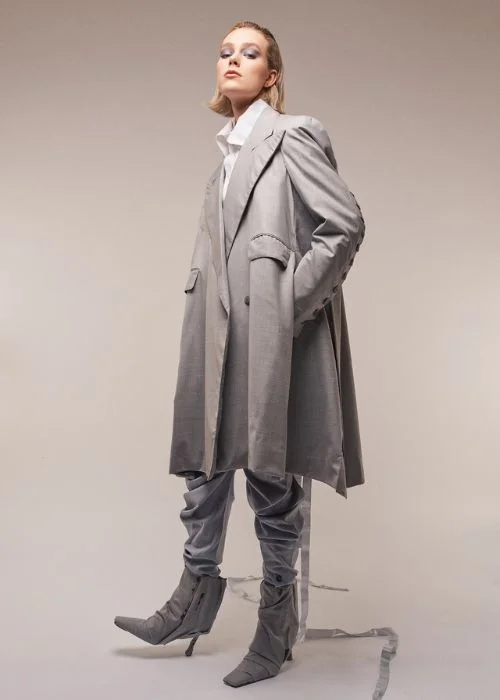
Q.3 Your work spans narrative films, documentaries, fashion photography. How do you adapt your creative approach for each?
Ans. I treat each project individually, based on a specific look that fits the story or subject. The pipeline of pre-production is always pretty consistent. I rely heavily on visual boards built around the brief, and I use 3D previz to explore photo composition, framing and camera movement early on.
That process helps me fine-tune the visual language before we even get to set, so when we do shoot, everything feels intentional and cohesive.
Q.4 You’ve shot across many genres. What’s something new you’d still like to explore as a cinematic photographer?
Ans. I’d like to work more on fiction narratives. I’m currently in pre-production for a new ethereal-horror film titled DIG DIG DEAD, which plays with the boundaries between reality and what we perceive as reality, it has a Lynchian kind of atmosphere.
I’d love to take on more projects like this, where the lighting can be pushed in more abstract or expressive ways. Films like Mandy, shot by Benjamin Loeb, serve as a great reference for that kind of bold, stylized cinematography.
You might also like: What is Balance in Photography? Learn the Basics That Make Photos Work
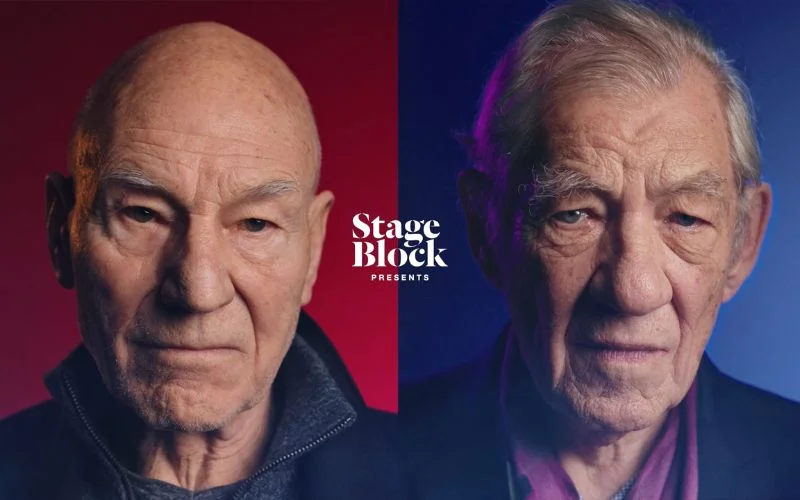
Q.5 You’ve worked with top music artists and theatre legends. How do you build trust to capture authentic performances or portraits?
Ans. Building trust starts with respect and preparation. I spend time learning about the talent and their story before the shoot, but also more specific things like their skin tones, hairstyle or how they like to be seen.
That way, I can tailor the lighting and direction to highlight what makes them unique. I’ve found this approach worked really well when working with legends like Ian McKellen and Patrick Stewart for the live-portrait series project The Shakespeare Portraits.
Q.6 Is there a project in your portfolio that you feel best represents who you are as a cinematic photographer?
Ans. The Shakespeare Portraits project really stands out for me. It gave me the incredible opportunity to work with legendary performers like Ian McKellen and Patrick Stewart, artists I’ve admired since I was a teenager.
The challenge was to capture not just their likeness but the full theatrical weight of their presence in a single frame. It pushed me to be precise, patient and bold with my lighting and composition choices, all the things I love about cinematography.
That series really embodies how I try to blend classical storytelling with a cinematic visual style. You can see some of those portraits on my website: robertovivancos.com or on Instagram @robertovivancos.
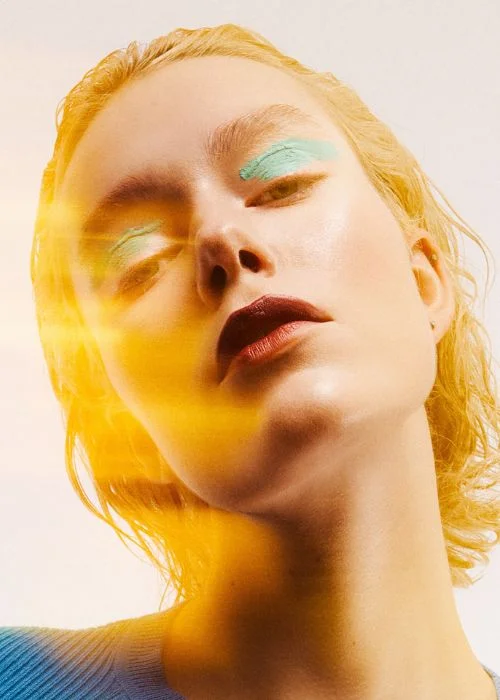
Q.7 What have been some of the biggest challenges you’ve faced on set, and how did you overcome them?
Ans. Shooting miniatures comes with unique challenges, fragile subjects, tight framing, controlling reflections. I tackle these by meticulous preparation, testing setups in advance and being patient. It’s about turning constraints into creative opportunities.
You might also like: Creative Shadow Photography Ideas: Tips & Examples
Q.8 Technology changes fast in cinematography. How do you stay on top of new cameras and tools while keeping your style consistent?
Ans. I stay informed about new cameras and tools, but I always keep my core visual style grounded in lighting and composition. At the end of the day, most modern camera sensors can capture a wide enough dynamic range.
They all handle light well enough now. So it really comes down to understanding how lighting, or the absence of it, affects your subjects and your locations. It’s not about the gear, it’s about how you shape the image through light and framing.
Q.9 Many people are curious about gear. What camera or lens combination do you reach for the most, and why?
Ans. For photography, I rely heavily on the Sony A7R series, which offers incredible resolution, which gives me more flexibility in post and allows for highly detailed images. I often pair it with a 35mm or 50mm lens, but honestly, it really depends on the project. The choice always comes down to the subject and the story I’m trying to tell.
You might also like: Sparkly Glam Photoshoot Ideas & Poses For Every Occasion
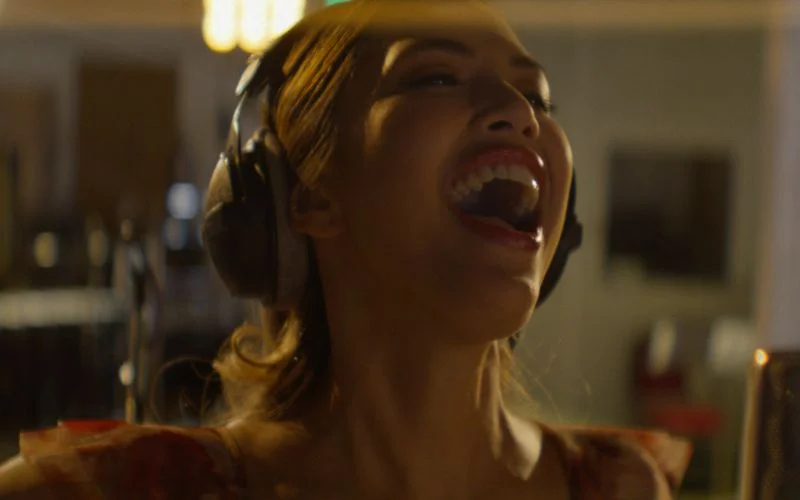
Q.10 You’ve worked across countries and cultures. Does that influence the way you tell stories visually as a cinematic photographer?
Ans. Definitely. I’ve worked internationally and across different genres, and I try to reflect the cultural context in my lighting, textures, and mood. Each project feels like its own world, and I want my visuals to honor that.
Q.11 PhotoWhoa offers many tools for photographers. Is there any product you’d recommend for someone looking to improve or edit their cinematic or portrait photography?
Ans. From PhotoWhoa’s range, I’d recommend checking out their Lighting Series. Their masterclasses are a solid starting point for anyone looking to deepen their understanding of photography and lighting. Whether you’re just getting into cinematic portraits or refining your studio technique, it’s a useful resource to dive into.
Q.12 If you weren’t working in photography and cinematography, what do you think you’d be doing instead?
Ans. I grew up building dioramas and miniatures with my dad, so I’d probably still be involved in some form of creative craft, maybe model-making or visual effects. I love hands-on work that combines storytelling with precision.
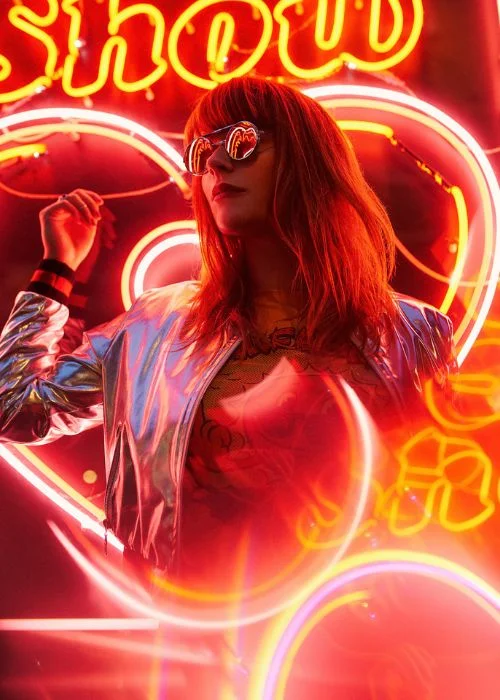
Q.13 Looking ahead, are there any dream projects or people you’d still love to work with?
Ans. I’d love to work on larger narrative period pieces or historical documentaries, projects where I can combine my passion for dramatic lighting with rich storytelling grounded in history. Collaborating with visionary directors on these kinds of projects would be a dream.
Q.14 How do you stay inspired outside of work? Are there hobbies or passions that recharge your creativity?
Ans. I draw a lot of inspiration from childhood hobbies like model building and from classic films, anime, and comics. I also like to experiment; recently, working on maritime miniatures has really helped recharge my creativity.
You might also like: Illusion Photography Uncovered: Types, Tips & Examples
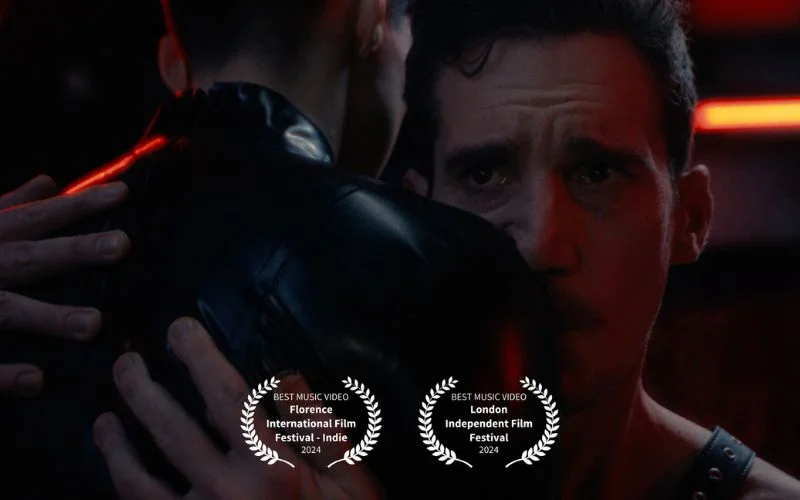
Q.15 Who has been a big influence on your journey?
Ans. I’ve been hugely influenced by great cinematographers like Bill Pope, Roger Deakins, Emmanuel Lubezki and Robert Elswit. Each of them has such a distinctive voice in how they use light, composition and camera movement to tell stories.
Their work constantly reminds me of what’s possible with the right combination of vision and craft. I often revisit their films when I’m prepping for a shoot or just need to reconnect with why I love this medium.
Wrapping Up: Journey Of A Cinematic Photographer
Roberto Vivancos shows us that photography can be more than just capturing what we see. It can be about capturing what we feel. As a cinematic photographer, he blends emotion, light, and storytelling to create images that stay with you.
His work reminds us to slow down, look closer, and find the beauty in the in-between moments. Whether you’re a fellow creative or just love powerful visuals, Roberto’s perspective is sure to leave you inspired.
Like this post? Check out more fantastic photography content here.
